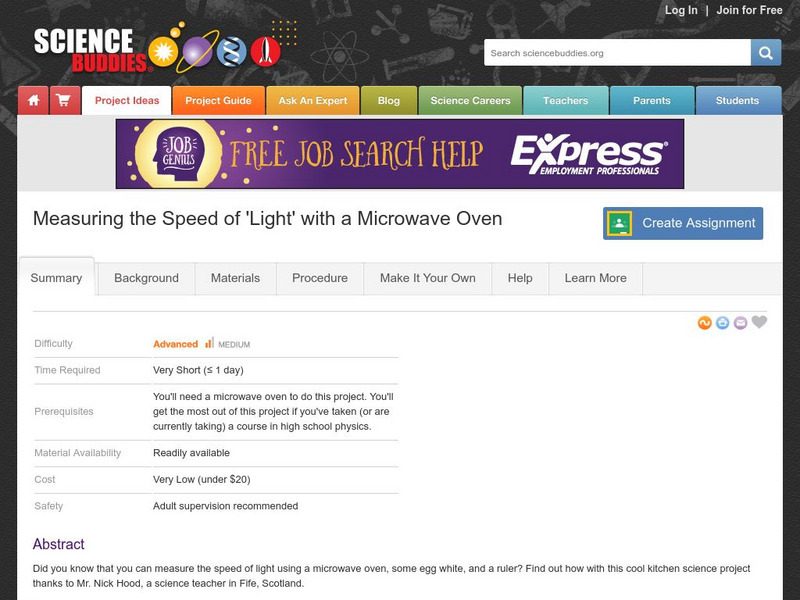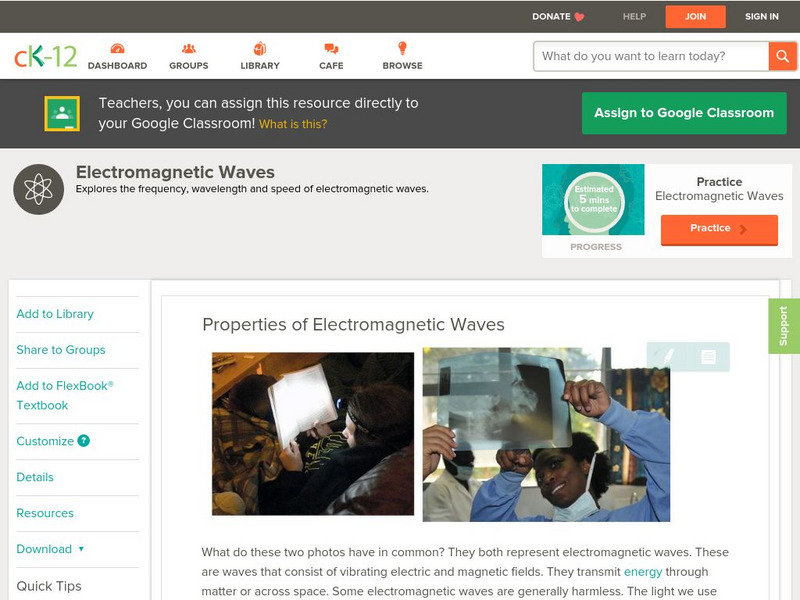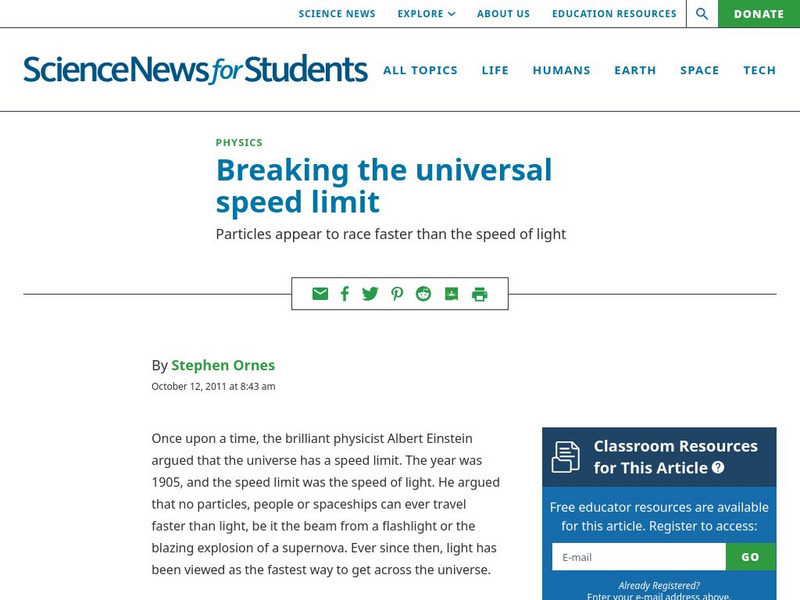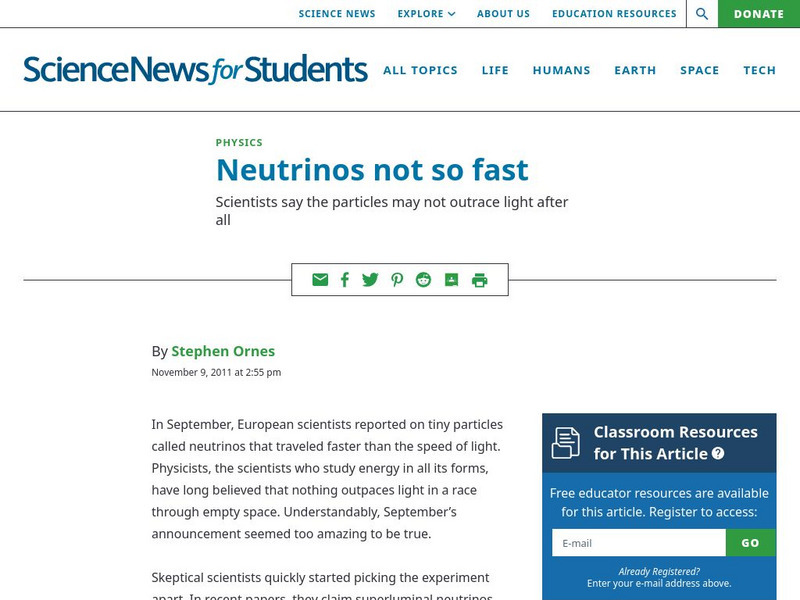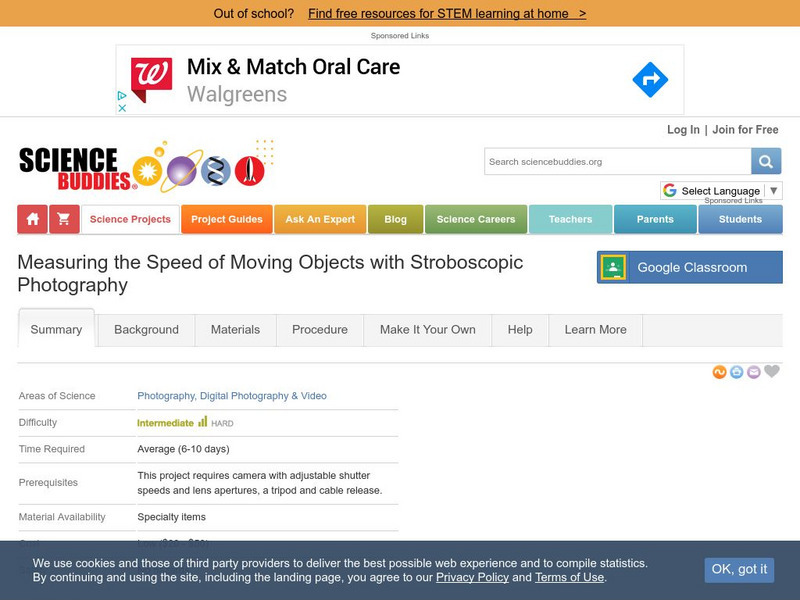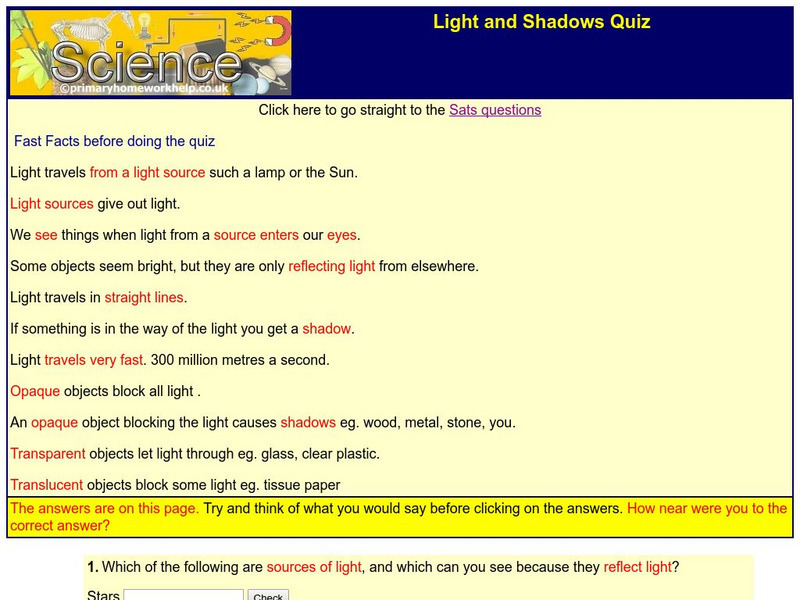Hi, what do you want to do?
Curated OER
Astronomer sees a 'Brake' in Cosmic expansion
Seventh graders examine and read an article. In this investigative lesson students discuss questions about the article and complete an activity.
Curated OER
Coulomb's Law
Ninth graders observe the relationship between electrical charge and force. In this electrical charge lesson plan students experiment and find the quantitative relationship between force and the center to center distance between...
Curated OER
Seasons in 3D: Student Exploration
In this seasons exploration worksheet, students review vocabulary and answer prior knowledge questions, then use the Seasons in 3D Gizmo to complete exploration activities.
Curated OER
Storms and Extreme Weather
Students explore hurricanes and tornadoes by conducting an experiment. In this weather pattern lesson, students define many extreme weather vocabulary terms and discuss the relationship with static electricity. Students utilize plastic...
Curated OER
Lesson 4 Activity 1: Mapping the Third Dimension
Students work in pairs to construct a simple stereoscope.
Curated OER
Understanding Symbols
In this symbols activity, students read about how different symbols are used to represent variables or constants in equations. Then students complete 3 problems.
Curated OER
Weighted Averages
Weighted averages can be tricky to explain! However, this study guide makes it easy for teachers by including definitions, explanations, and breaking down problems into three steps. Includes mixture problems and uniform motion problems.
Curated OER
Home on the Biome
Fifth graders study six major biomes, graph temperature and rainfall, and present their findings to the class.
Science Buddies
Science Buddies: Measuring the Speed of 'Light' With a Microwave Oven
In this experiment, you will measure the speed of light using a microwave oven, some egg white, and a ruler. This short project proves to be an extremely interesting choice for a science lab, with pictures for illustration, and thorough...
Science Buddies
Science Buddies: Using a Laser to Measure the Speed of Light in Jello
Think it takes expensive, sophisticated equipment to measure the speed of light? Think again. Outfit yourself with a simple handheld laser pointer, a protractor, and Jell-O, and you're ready to get started.
CK-12 Foundation
Ck 12: Physical Science: Refraction of Light
[Free Registration/Login may be required to access all resource tools.] Discusses refraction of light in matter and how light changes its speed and angle of refraction according to the type of medium it is travelling through.
PBS
Pbs Learning Media: Observing Refraction of Light
This video segment adapted from Shedding Light on Science illustrates how light changes speed, and thus direction, in a process known as refraction. Includes background reading and discussion questions. [2:05]
Science Struck
Science Struck: How Does Light Travel Through Space and Other Media?
A detailed discussion of the nature of light, how it can travel through a vacuum, and how the speed of light is affected when light travels through a medium.
CK-12 Foundation
Ck 12: Physical Science: Properties of Electromagnetic Waves
[Free Registration/Login may be required to access all resource tools.] The speed of electromagnetic waves, their wavelengths and frequencies and how to calculate wavelength or wave frequency.
PBS
Pbs: Nova: Time Travel: Think Like Einstein
Addressed with questions about relative speed and the speed of light, students begin to "think like Einstein" while exploring the science behind the mystery of time travel.
Society for Science and the Public
Science News for Students: Breaking the Universal Speed Limit
Describes research into whether neutrinos travel faster than the speed of light.
Society for Science and the Public
Science News for Students: Neutrinos Not So Fast
Discusses the validity of research showing that neutrinos travel faster than the speed of light.
Open Curriculum
Open Curriculum: Electromagnetism
This article helps explain the concept of electromagnetism as well as magnetic fields and the properties of the speed of light.
PBS
Pbs Learning Media: Diamonds: The Science Behind the Sparkle
This illustrated essay from the NOVA Web site explains why the atomic structure of a diamond slows down light and produces a sparkle more brilliant than from any other colorless substance.
Science Buddies
Science Buddies: Measuring Speed of Moving Objects With Stroboscopic Photography
A strobe light can illuminate an entire room in just tens of microseconds. Inexpensive strobe lights can flash up to 10 or 20 times per second. This project shows you how to use stroboscopic photography to analyze motion.
Project Britain
Primary Homework Help: Light and Shadows Quiz
This resource provides information about light and shadows. In addition, there is a short quiz that can be taken.
CK-12 Foundation
Ck 12: Physical Science: Refraction
[Free Registration/Login may be required to access all resource tools.] Refraction of light in matter and how light changes its speed and angle of refraction according to the type of medium it is travelling through.
Wolfram Research
Wolfram Science World: Maxwell, James
This ScienceWorld site describes the Scottish mathematician and physicist James Maxwell (1831-1879) who published physical and mathematical theories of the electromagnetic field.
Science Struck
Science Struck: Kinetic Energy Formula
Explains what is meant by kinetic energy and demonstrates how to use the formulas for a point mass moving at less than the speed of light, for rotational motion, and for a mass moving at a relativistic speed. Includes interactive...













